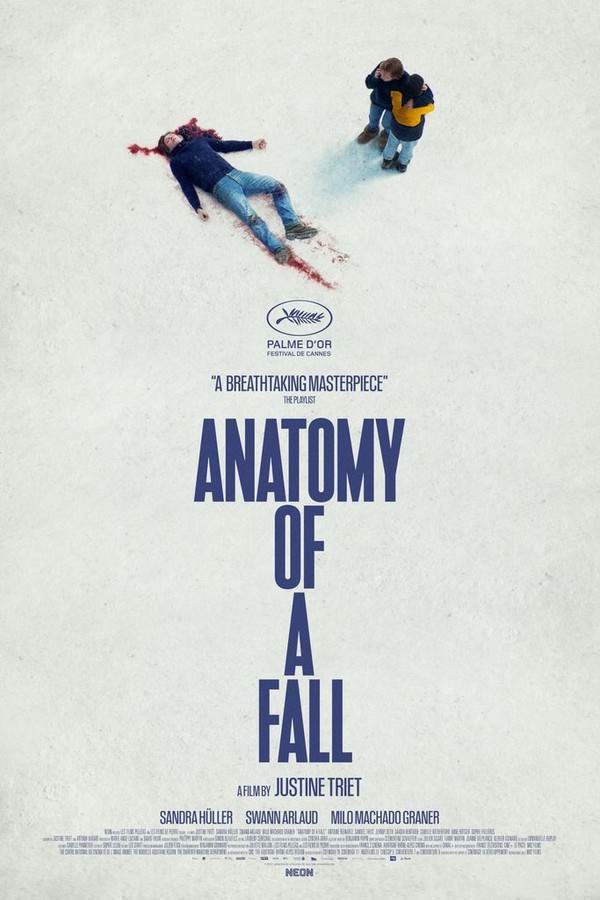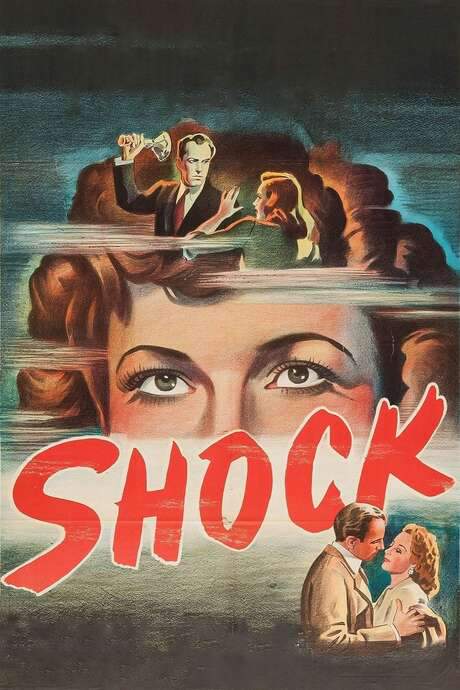
High Wall
Year: 1947
Runtime: 99 mins
Language: English
Director: Curtis Bernhardt
Steven Kenet, who suffers from recurring brain injury, appears to have strangled his wife and confesses the crime. He is placed in an understaffed county asylum teeming with difficult inmates, where the claustrophobic environment heightens the tension. Dr. Ann Lorrison, skeptical of his story and his refusal of treatment, begins to doubt his guilt.
Warning: spoilers below!
Haven’t seen High Wall yet? This summary contains major spoilers. Bookmark the page, watch the movie, and come back for the full breakdown. If you're ready, scroll on and relive the story!
Timeline & Setting – High Wall (1947)
Explore the full timeline and setting of High Wall (1947). Follow every major event in chronological order and see how the environment shapes the story, characters, and dramatic tension.
Last Updated: October 04, 2025 at 16:40
Main Characters – High Wall (1947)
Meet the key characters of High Wall (1947), with detailed profiles, motivations, and roles in the plot. Understand their emotional journeys and what they reveal about the film’s deeper themes.
Last Updated: October 04, 2025 at 16:40
Major Themes – High Wall (1947)
Explore the central themes of High Wall (1947), from psychological, social, and emotional dimensions to philosophical messages. Understand what the film is really saying beneath the surface.
Last Updated: October 04, 2025 at 16:40
Unlock the Full Story of High Wall
Don't stop at just watching — explore High Wall in full detail. From the complete plot summary and scene-by-scene timeline to character breakdowns, thematic analysis, and a deep dive into the ending — every page helps you truly understand what High Wall is all about. Plus, discover what's next after the movie.
High Wall Summary
Read a complete plot summary of High Wall, including all key story points, character arcs, and turning points. This in-depth recap is ideal for understanding the narrative structure or reviewing what happened in the movie.

Similar Movies to High Wall
Discover movies like High Wall that share similar genres, themes, and storytelling elements. Whether you’re drawn to the atmosphere, character arcs, or plot structure, these curated recommendations will help you explore more films you’ll love.
Explore More About Movie High Wall
High Wall (1947) Plot Summary & Movie Recap
High Wall (1947) Scene-by-Scene Movie Timeline
High Wall (1947) Spoiler-Free Summary & Key Flow
Movies Like High Wall – Similar Titles You’ll Enjoy
High Crimes (2002) Complete Plot Breakdown
Anatomy of a Fall (2023) Full Summary & Key Details
In the Wall (2007) Detailed Story Recap
Wall of Secrets (2003) Full Movie Breakdown
Blind Horizon (2003) Ending Explained & Film Insights
The Wall Man (2007) Movie Recap & Themes
The Upturned Glass (1947) Story Summary & Characters
High Tide (1947) Complete Plot Breakdown
The House on Telegraph Hill (1951) Plot Summary & Ending Explained
13 West Street (1962) Ending Explained & Film Insights
Outside the Wall (1950) Film Overview & Timeline
The Dark Past (1948) Spoiler-Packed Plot Recap
Behind the High Wall (1956) Ending Explained & Film Insights
Back to the Wall (1958) Ending Explained & Film Insights
Shock (1946) Film Overview & Timeline

















